Check Content - Chapter 1
Chapter 1 : Introduction to Communication
A basic cellular system, Performance criteria, Operation of cellular systems, Planning a cellular system, Analog and Digital cellular systems. Examples of Wireless Communication Systems : Paging Systems, Cordless Telephone Systems, Cellular Telephone Systems. Bluetooth and ZigBee.
Chapter 2 : Elements of Cellular Radio Systems Design
General description of the problem, Concept of frequency reuse channels, Co-channel interference, Reduction factor, Desired C/I from a normal case in an omni-directional antenna system, Cell splitting, Considerations of the components of cellular systems.
Chapter 3 : Digital Communication Through Fading Multiple Channels
Fading channel and its characteristics – Channel modeling, Digital signaling over a frequency, Nonselective slowly fading channel. Concept of diversity branches and signal paths. Combining methods : Selective diversity combining, Switched combining, Maximal ratio combining, Equal gain combining.
Chapter 4 : Multiple Access Techniques for Wireless Communications
Introduction, Frequency Division Multiple Access (FDMA), Time Division Multiple Access (TDMA), Spread Spectrum Multiple Access, Space Division Multiple Access, Packet Radio Protocols; Pure ALOHA, Slotted ALOHA.
Chapter 5 : Wireless Systems and Standards
AMPS and ETACS, United state digital cellular (IS-54 and IS-136), Global System for Mobile (GSM): Services, Features, System Architecture and Channel Types, Frame Structure for GSM, Speech Processing in GSM, GPRS/EDGE Specifications and Features. 3G Systems : UMTS and CDMA 2000 Standards and Specifications. CDMA Digital Standard (IS 95) : Frequency and Channel Specifications, Forward CDMA Channel, Reverse (CDMA) Channel, Wireless Cable Television.
Chapter 6 : Future Trends
4G, 5G and Other Higher G Mobile Techniques, LTE-Advance Systems.
| Book Summary: |
|
I am glad to present the book entitled “Mobile and Wireless Communication” for Third Year (Sixth Semester) Diploma in Electronics Engineering as per SBTE’s New Revised syllabus. I have observed the students facing extreme difficulties in understanding the basic principles and fundamental concepts. To meet this basic requirement of students, sincere efforts have been made to present the subject matter with frequent use of figures.
|
| Audience of the Book : |
| This book Useful for SBTE JHARKHAND – SEMESTER 6 – THIRD YEAR (TY) DIPLOMA IN ELECTRONICS AND TELECOMMUNICATION ENGINEERING Students. |


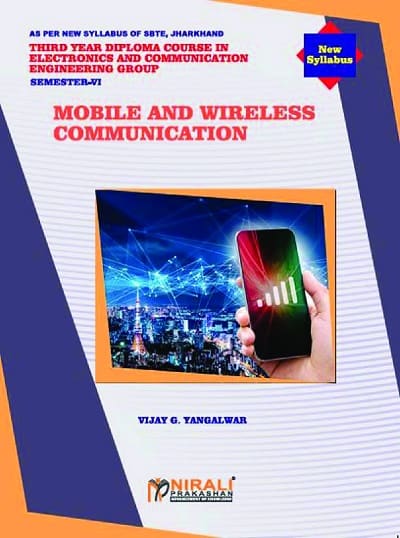
 Zoom
Zoom


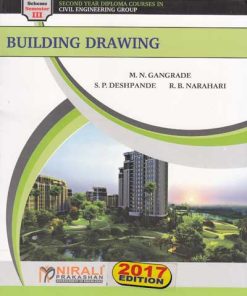
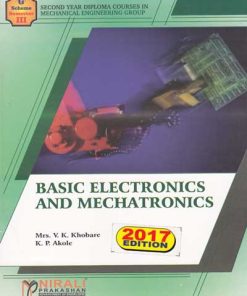
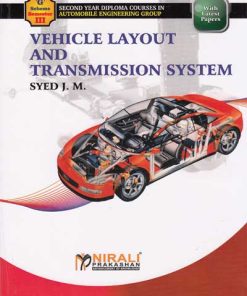
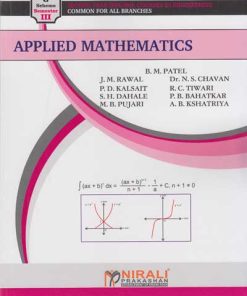
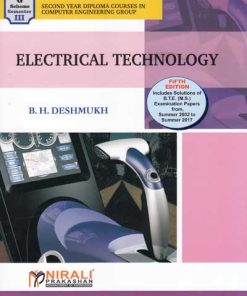
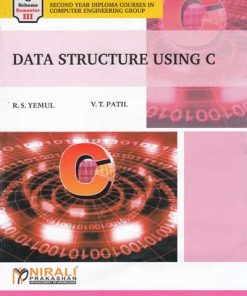
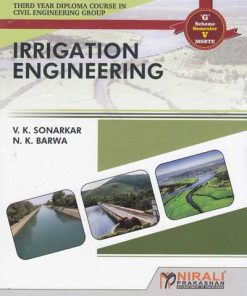


Reviews
There are no reviews yet.